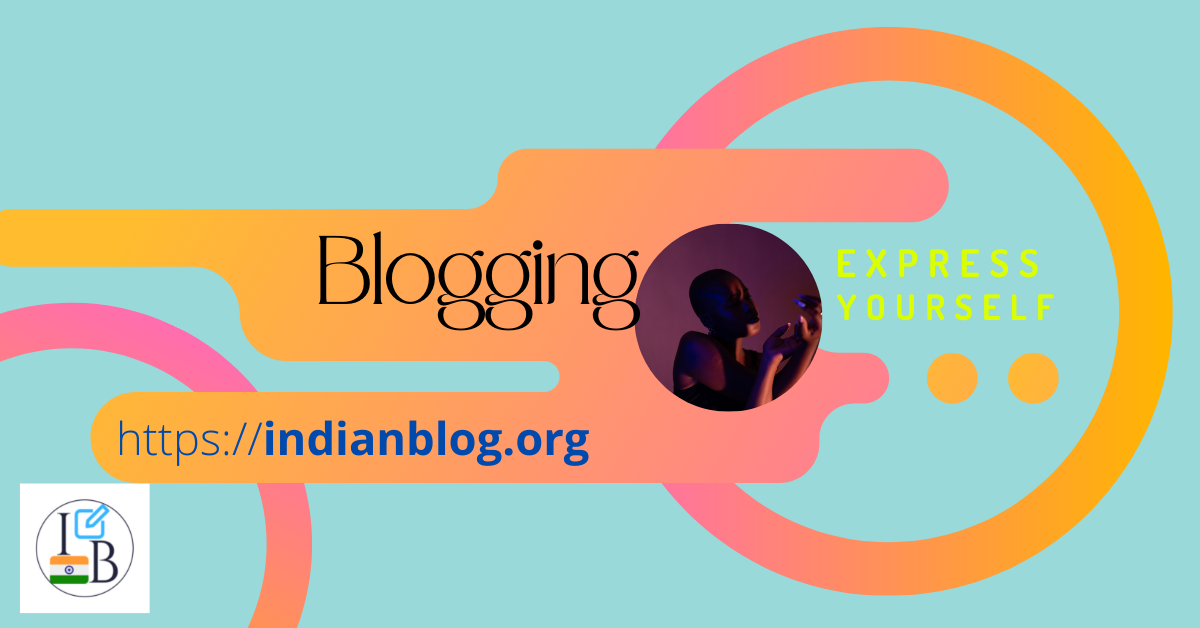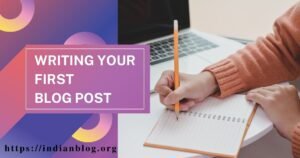A creative blog layout is important for drawing the reader’s attention and drive traffic to your site. Creating a successful blog is not just about how the layout looks, it’s about everything on the page working together to deliver your message to the audience in an impressive way. The text, images, and other things should be in a perfect combination and correct order. A wrong order confuses the audience. They will start leaving your site as quickly as they can. An impressive Blog layout draws readers and gives them a reason to learn more and stay on your site. Before publishing your next blog post, make sure you keep these elements in mind for creating your Blog layout.
Magnetic Headline
The most important element of a layout is the headline. Magnetic headlines draw the reader in and give them a reason to stay on your site. Always ensure that your headlines are clear, concise, and relevant. It shouldn’t be too noisy or distracting. Some tips for headlines:-
- Always include strong keywords in your post. Also, make sure it fits naturally.
- Try to use action words in your headlines.
- Don’t use too many words or characters.
- Do not use too many fonts and colors in single headlines.
Table of Contents
Creating a proper table of contents containing titles for each section helps readers to navigate through your posts easily. It is helpful if you have multiple sections and images in your post.
Useful Subheadings
Subheadings are always necessary for the best blogs. It helps the readers to skim through your posts easily. It also helps search engines to find and index your content. But make sure that what readers can see is enough to make them want to click through. Adding a subhead to the title can help clarify exactly what the post is about.
Always Create an Informative and Engaging Content
Excellent content is very important as readers won’t keep coming back to a blog that’s poorly written or seldom updated. Always ensure that the body of your post is engaging and informative. Don’t put too many facts, use details and emotions also. Use images where appropriate. Some tips are –
- Use details and imagery to bring ideas to life.
- Always engage readers with your questions and anecdotes.
- Form sentences shortly and straightforwardly.
- Always include an introduction that presents a problem as well as offers a solution.
- Make sure your conclusion covers all the key points and leaves readers to think after reading your posts.
Typography & Colour
Typography is the key to creating an engaging user experience. It has a huge influence on how users interact with your content and how they perceive them. Typeface used on the title shall coordinates with those used on the main text & site. You need to have enough contrast to make the blog text easy to read on any device. You also need to ensure the colors you selected works together well. Generally, working with three or fewer colors gives more streamlined layout.
Sidebar
Blog sidebars can be designed to meet your specific needs. It is the section of your blog which contains that is relevant, but not primary. Well organised sidebars on blogs can be a useful navigational aid for readers.
A Powerful Call to Action
Use powerful CTA ( call-to-action) buttons to fulfill all your important purposes. It could be anything from downloading a video or an ebook. Always place your CTA buttons strategically.
Don’t make the layout too complicated. Avoid layering too many elements into the page. For visual interest, experiment with blog entries in two or more columns, rather than just one.
So these are some of the important elements of a Blog layout. A blog layout should be more spare than most web pages so the text stands out more. These tips will enhance your blog and engage your readers.



